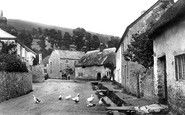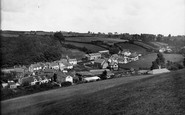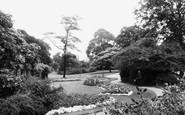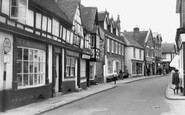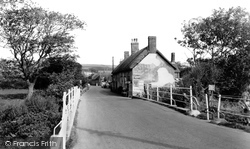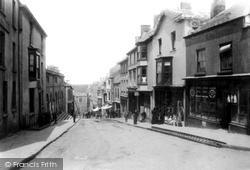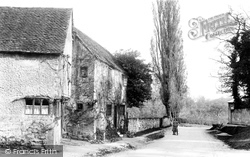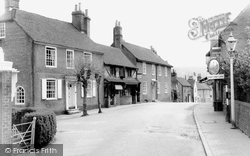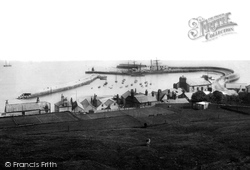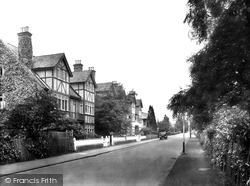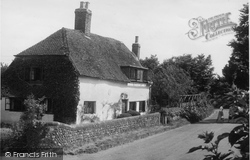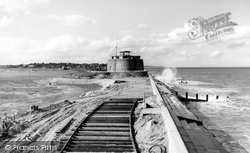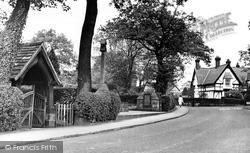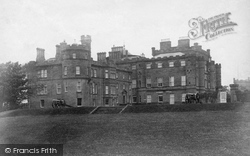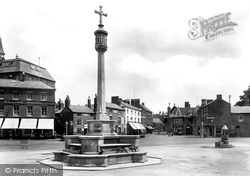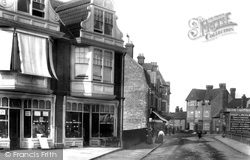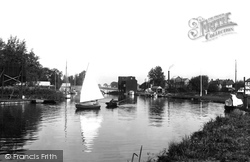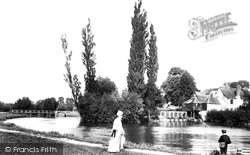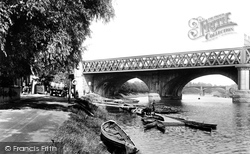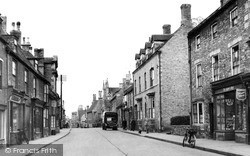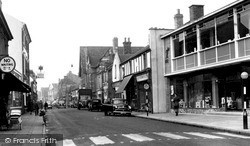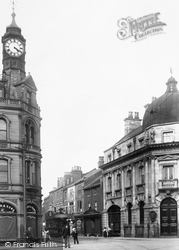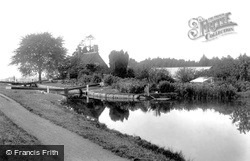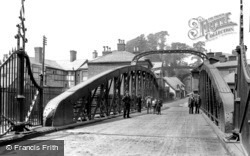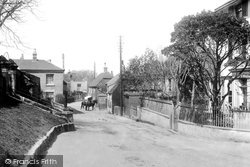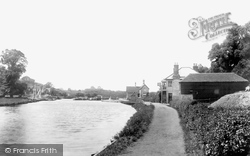Places
36 places found.
Those places high-lighted have photos. All locations may have maps, books and memories.
- Bangor, County Down
- Newcastle, County Down
- Greyabbey, County Down
- Donaghadee, County Down
- Downpatrick, County Down
- Portaferry, County Down
- Dromore, County Down
- Hillsborough, County Down
- Downings, Republic of Ireland
- Killyleagh, County Down
- Ardglass, County Down
- Rostrevor, County Down
- Dundrum, County Down
- Newtownards, County Down
- Warrenpoint, County Down
- Ballygowan, County Down
- Ballywalter, County Down
- Ballyward, County Down
- Bishops Court, County Down
- Boardmills, County Down
- Culcavy, County Down
- Katesbridge, County Down
- Killough, County Down
- Millisle, County Down
- Portavogie, County Down
- Saul, County Down
- Seaforde, County Down
- The Diamond, County Down
- Audleystown, County Down
- Kearney, County Down
- Annaclone, County Down
- Ballyhalbert, County Down
- Ballymartin, County Down
- Clare, County Down
- Conlig, County Down
- Dollingstown, County Down
Photos
945 photos found. Showing results 1,301 to 945.
Maps
459 maps found.
Books
49 books found. Showing results 1,561 to 1,584.
Memories
8,169 memories found. Showing results 651 to 660.
Childhood In Benham Valence
It was in April 1950 that I was born in the Victorian wing of Benham Valence - actually in the flat above the garages - a very primitive dwelling with no bathroom or indoor toilet. Unfortunately the whole wing was ...Read more
A memory of Benham Park in 1950 by
The Keelings 1940 Evacuees
My sister, Joy, elder brother, Richard and myself, John Keeling, were evacuated to Llanharan in June 1940. After a short time Richard and myself were placed with a lovely old lady at 12 Seymour Avenue, Mrs Surridge. I do ...Read more
A memory of Llanharan in 1940 by
The Ship Inn At Axmouth.
The Ship Inn can be seen to the left of the photograph; just beyond the wall. My great-great-grandparents, John and Mary Real (born in Axmouth in 1821 and 1824 respectively) were licensees of The Ship Inn, Axmouth, at the time ...Read more
A memory of Axmouth in 1960 by
The War Years
During the war my brother, my three cousins and myself stayed on a farm, I think it was in Roadwater or Watchett, it was called Stamborough or something like that. My Great Aunt and Uncle Tom and Cassie Carpenter lived in a cottage ...Read more
A memory of Roadwater in 1940 by
Mendleson Wrote His Spring Song In The House.
With Denmark Hill and about level with the Old Henly's garage behind you was a house within the ruins with a metal sign. It stated that during his stay here, Mendleson wrote his 'Spring Song' here. ...Read more
A memory of Camberwell by
Ratfyn Power Station
In the 1950s I was in the Royal Engineers and came over from Germany to our school of military engineering at Chatham where we did a course in electrical power stations. We were then posted to Bulford barracks, and did our ...Read more
A memory of Bulford in 1954 by
Remembering Byfleet
I was born in Byfleet in 1950. We lived in Binfield Road. Later I moved to the hotel that was built where the village green is now. My mother Beatrice Stenning was the housekeeper, cook, maid and everything in between. My dad ...Read more
A memory of Byfleet by
West Street Shops
Shops on West Street in the 1960s were left to right: Merritts the butcher next door to Blackiston the butcher, famous for the specialty sausages, also had its own slaughterhouse and in the back garden an Anderson shelter used by ...Read more
A memory of Midhurst in 1960 by
Boyhood Memories
As a child I lived in a lovely house called Glanafon next to the old County Stores bakery in St Clears with my mother Anglea and step-dad Malcolm, and my 2 sisters, Rosemarie and Teresa. Unfortunately Teresa passed away over 20 ...Read more
A memory of St Clears in 1976 by
Pride Of The Valley
I used to camp as a child and teenager at Crosswater down the road [my father knew the then owner] and one of my memories is of driving past the hotel en-route from Farnham. I stayed here as a birthday treat in 2003 and went on ...Read more
A memory of Churt in 2005 by
Captions
2,258 captions found. Showing results 1,561 to 1,584.
Bridge Stores (right of centre) advertises Colman`s Mustard in much more basic style than the Victorian sign that used to look down on the central part of the street.
This photograph is taken from the junction of Market Street and Upper Market Street, looking down towards the High Street.
Travellers on the A25 cannot fail to see the scars on the south side of the North Downs that were once the Betchworth quarries.
Ditchling Beacon is a famous vantagepoint 813 feet up on the Downs with panoramic views.There are dewponds alongside the road by the Beacon.
Further along Marine Parade is the coastguard station (right) opposite the Custom House, the latte replacing an earlier building in the middle of the town which burned down in 1844.
We are looking in the same direction, only this time the view is taken from lower down the road, and shows the fine villas very much associated with the town.
The lane leads to Alfriston further down the Cuckmere River, a popular tourist village with its Clergy House.
Behind us stretches a shingle bank down to Orford and beyond, where the Alde meets the sea.
It is close to the lane that goes down to the village school, and faces one of the entrances to the railway station from where these men departed forever.
The road then led down to Harlow Mill on the Stort and the bridge into Hertfordshire.
In full armour, knights rode down the lists, trying to unhorse one another with lances. The castle is now a ruin.
Over the years encroachments have closed down this open space, but this may be excused by the quality of the flat-fronted Georgian buildings in the photograph.
The town comprises two villages, Upper and Lower Sheringham, the former more peaceful and retaining its fishing and farming traditions.
Gardens slope down to the river, and thick canopies of trees at the water's edge keep the wind from the sails of boats.
A little down-river from the city of Oxford is Iffley, with its mill lock and bridge. The water mill here dates back as far as the 11th century, and survived for almost 800 years.
Spilling down from the Yorkshire Dales, the Ribble streams under the lovely old bridge at Settle and through the valley that has taken its name.
With rows of charming buildings and the River Nene flowing on three sides of it, Oundle has often been described as Northamptonshire's most delightful town.
Campbell's ships still visited, and although their operations were drastically scaled down, the end of the summer season was still a time for fireworks, parties and celebration.
Further down, past a wool shop, is the large brick-built Kettering Conservative Club, built on a site donated by the Duke of Buccleuch in 1876.
It was down Baxtergate that Freeman, Hardy and Willis had their branch. Coal mining was a major employer: Doncaster was ringed with pit villages.
From there, the Kennet & Avon Canal plunges down the extraordinary flight of 29 locks at Caen Hill to the valley below.
An impressive modern commercial waterway, the Weaver acts a a funnel for industrial products from Cheshire, carrying them down to Weston Point Docks, where there is a link with the Manchester Ship Canal
This little village stands on the edge of a cove in the chalk cliffs of South Foreland, where the road drops steeply down to St Margaret's Bay; it clusters around an impressive Norman church, built around
Along this stretch of the river, the tan-sailed barges carrying cargoes of paper and timber, and the 'stumpies', or narrow boats, used to convey bricks from the kilns down river, were once a familiar
Places (198)
Photos (945)
Memories (8169)
Books (49)
Maps (459)



